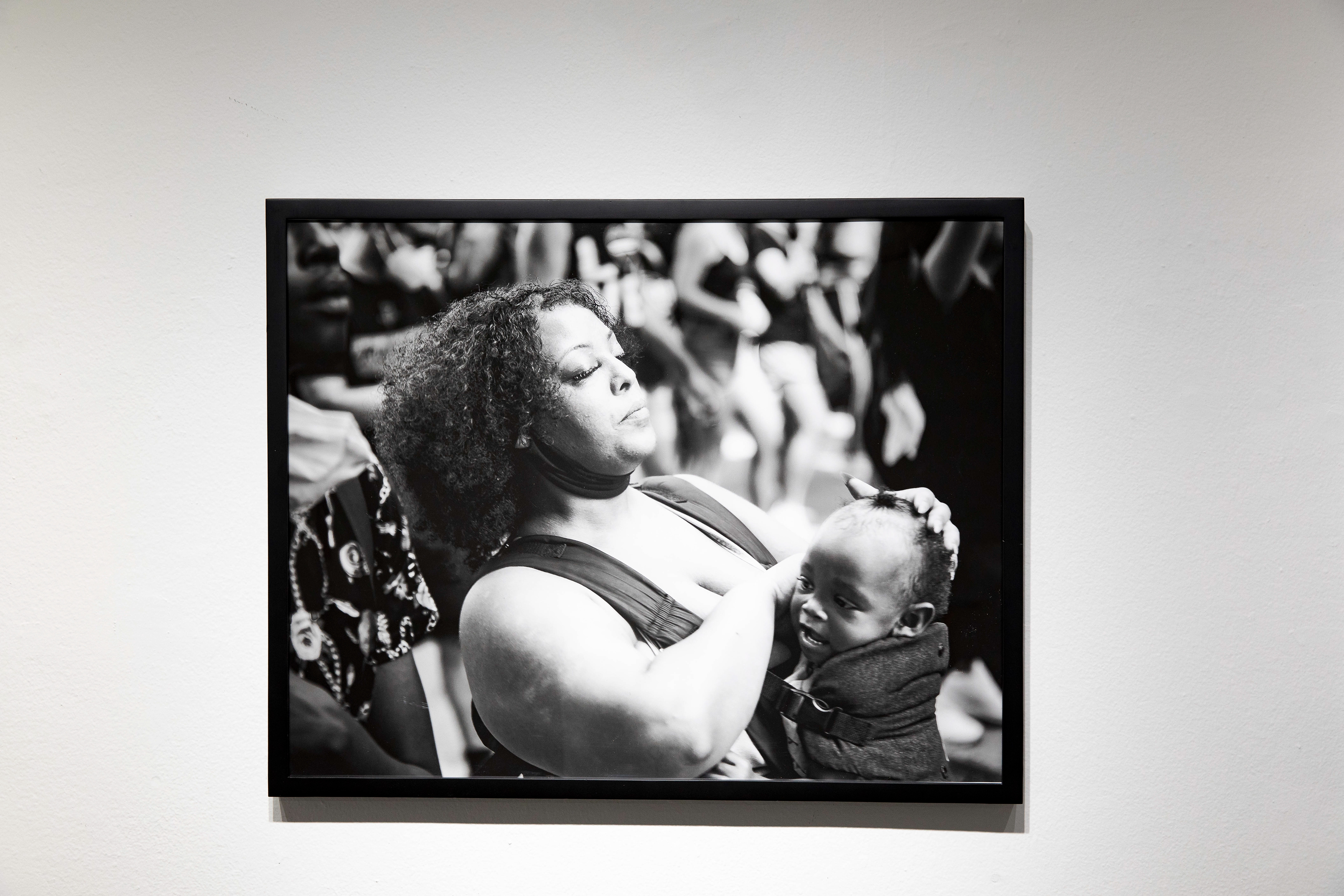On June 4, 2020, I left home for the first time since the world shut down, stepping into the streets of Houston as it gathered to honor George Floyd. The city was filled with people from all backgrounds, every color, gender, and socioeconomic level, united in a common call for justice. The usual boundaries faded, replaced by a shared sense of purpose. As an artist and educator, I was responsible for witnessing and documenting this moment of collective action and solidarity. The trauma of Floyd’s death, combined with my own experiences as a Black man, made it difficult to look at this work immediately. It took three years before I could reflect on how to present it. As artists, we often need time to let the meaning of our work surface, so it can show not just pain, but resilience and strength. Now, as the fifth anniversary of George Floyd’s passing approaches, I feel ready to share this reflection on the impact his life and loss left on Houston and beyond.
This reflection led to a 3-channel video installation that documents my footage from the Houston protest, combining sound, motion, and unfiltered imagery. It includes Darnella Frazier’s raw footage, and her essay. The video became central to the movement, and her essay’s reading is by Caroline Randall Williams on the one-year anniversary of Floyd’s death. The installation features reverse footage to symbolize the cyclical nature of pain and protest, illustrating how the community has repeatedly mobilized against injustices while grappling with the same issues. The sound art functions as a spatial component, immersing viewers in Floyd’s final moments and creating an emotional resonance that deepens their connection to the work.















